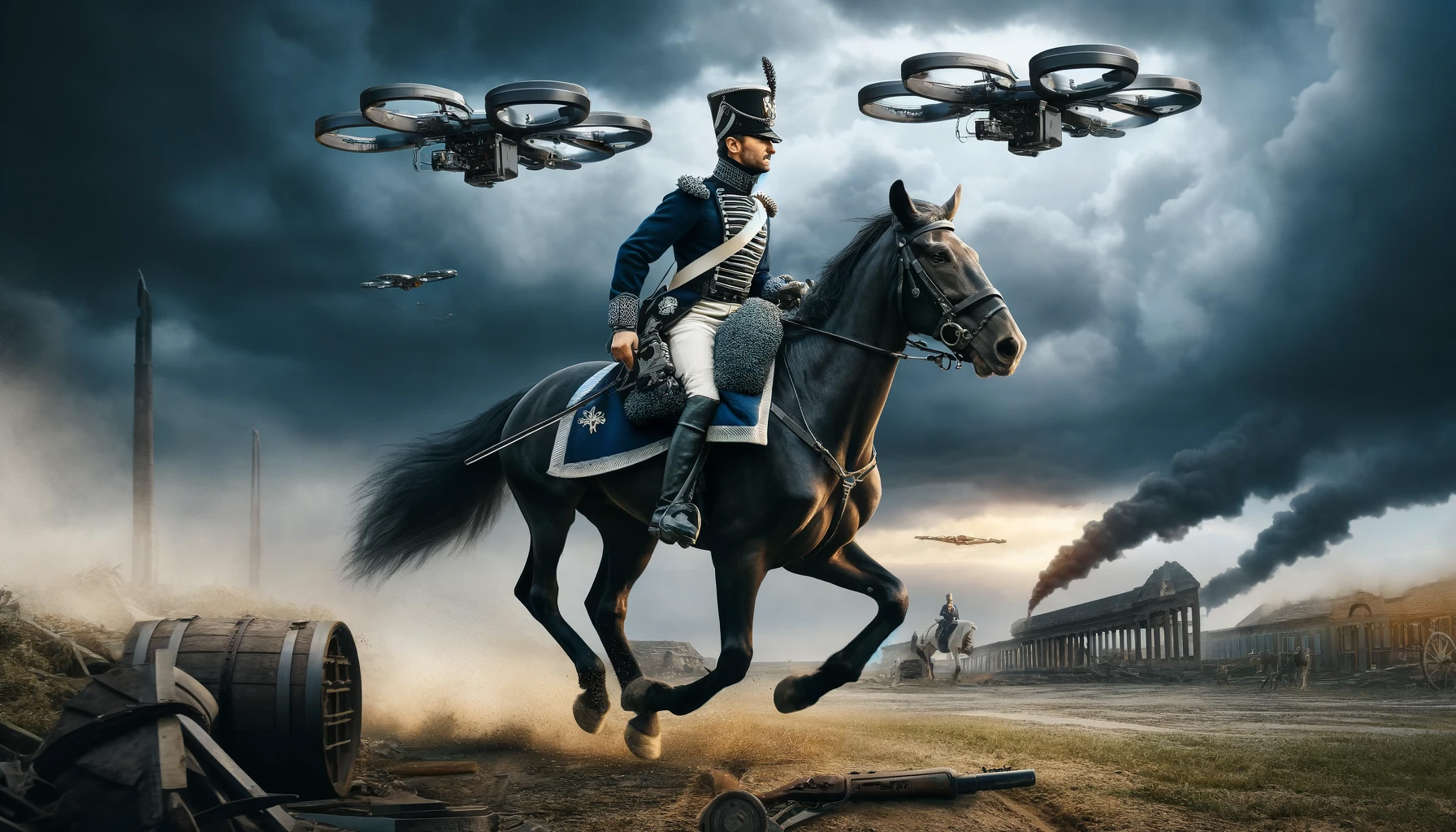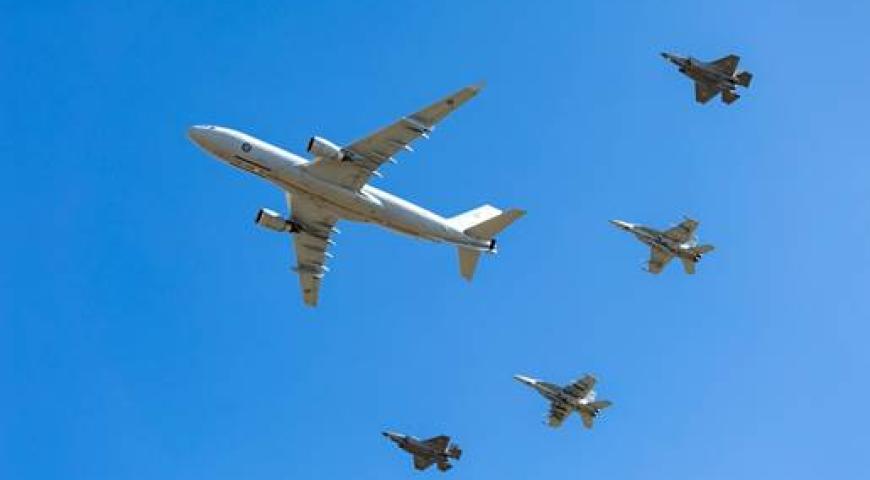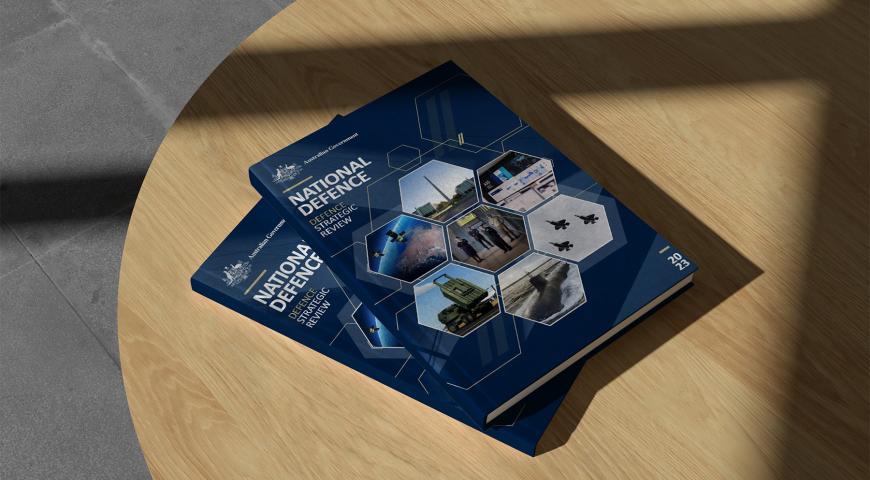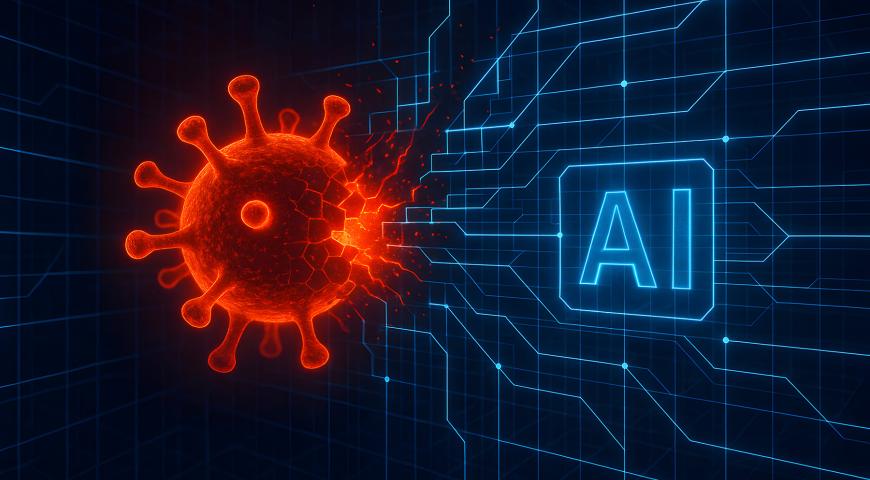The concept of the Centre of Gravity (COG), as formulated by the Prussian military theorist Carl von Clausewitz in his seminal work On War, has long been a cornerstone of strategic military thinking (Clausewitz, 1832). Clausewitz defined the COG as the source of power that provides moral or physical strength, freedom of action, or the will to act. In essence, it is the focal point that, if attacked, has the greatest potential to destabilise and defeat an adversary. The question of whether this concept retains its relevance in today's divergent battlespace—characterised by asymmetric warfare, cyber conflicts, grey zone tactics and the rise of non-state actors—is both complex and nuanced.
Traditional Application of COG
Traditionally, the COG has been interpreted as a tangible entity or location, such as command structures, critical infrastructure, or significant military assets. The application of force against an enemy's COG, according to Clausewitz, should lead to a decisive victory. This approach presumes a relatively symmetrical warfare environment where belligerents have identifiable and centralised sources of strength.
The Modern Battlespace
The contemporary battlespace, however, has evolved dramatically. Asymmetric warfare, where non-traditional forces engage major powers through unconventional tactics—cyber warfare involving attacks on and through digital infrastructure to disrupt or coerce, and the engagement of non-state actors such as terrorist groups or private military companies—have diversified the nature of conflict, further complicated by grey zone activities in areas of operations. These developments challenge the traditional concept of the COG by diffusing sources of strength across a broader spectrum and embedding them within civilian domains, thereby complicating their identification and targeting.
Adaptation of the COG Concept
Despite these challenges, the COG concept remains relevant, albeit requiring adaptation and broader interpretation. The essence of Clausewitz's idea—that focusing efforts on a critical vulnerability can yield significant strategic advantage—holds true even in a divergent battlespace. The task becomes one of identifying and understanding the COG within a more complex and fluid context.
The relevance of Clausewitz's COG concept in contemporary warfare extends significantly into domains where the battlespace is not only physical but also digital and cognitive. This expanded battlespace encompasses information warfare, grey zone activities, and geopolitical tensions in areas such as the South China Sea, Russian interference in the 2016 United States Elections, the 2007 cyber-attacks on Estonia which targeted government, financial and media network and ISIS propaganda and recruitment using social media to recruit members worldwide. These dimensions underscore the evolving nature of strategic objectives and the need for a nuanced understanding and application of Clausewitz's principles.
- Multiplicity and Fluidity of COGs. In modern conflicts, there may be multiple COGs, including non-physical entities such as public opinion, information, or networked organisational structures. Identifying these requires deep understanding of the adversary, including their values, motivations, and dependencies.
- Technology and Cyber Dimension. The digital realm offers new avenues for attacking an adversary's COG. Cyber operations can disrupt critical infrastructure, communications, and data integrity, directly impacting an opponent's ability to wage war or maintain societal stability (Libicki, 2009).
- Hybrid Warfare and Non-State Actors. Hybrid warfare blends conventional, irregular, and cyber tactics. Non-state actors leveraging ideological motivations or unconventional strategies represent COGs that are not always tangible but can be critical to the conflict's dynamics (Mazarr, 2015). Addressing these requires an integrated approach combining military, economic, informational, and sometimes legal strategies.
Strategic Implications
The ongoing relevance of the COG concept in modern warfare necessitates that strategists and military planners adopt a more agile and flexible approach. This involves:
- Intelligence and Surveillance. Enhanced intelligence capabilities are crucial for identifying and understanding the diverse and dynamic COGs in today’s conflicts. This includes not only technological surveillance but also cultural and social intelligence gathering.
- Interagency and Multinational Cooperation. Given the broad nature of contemporary COGs, addressing them often requires efforts beyond the military domain, involving diplomacy, economic measures and information operations, and necessitating cooperation among various governmental and international entities.
- Adaptability and Innovation. As COGs evolve during a conflict, so too must the strategies aimed at engaging them. This requires innovative thinking and adaptability in military doctrine and operations.
- Ethical and Legal Considerations. In a world where COGs may be embedded within civilian populations or infrastructure, ethical and legal considerations become paramount. Adhering to international law and maintaining moral high ground is essential, not only for the legitimacy of actions but for winning the hearts and minds of global and local populations.
Information Warfare and the Centre of Gravity
In the realm of information warfare, the COG can be the adversary's societal perceptions, trust in government, or the integrity of their digital infrastructure. Attacks in this domain aim to undermine the adversary's credibility, sow discord, and erode the will of the population or decision makers. This form of warfare highlights a shift from kinetic operations to battles fought withina non-physical sphere, where control over narratives becomes a critical source of strength. For instance, strategic disinformation campaigns designed to manipulate public perception or decision-making processes can have profound effects on national security and societal cohesion. In this context, the COG is not a physical target but the ability to influence, control, or disrupt the flow of information.
Grey Zone Activities
Grey zone activities, which fall between the traditional war and peace states, present a complex challenge for identifying and targeting COGs. These activities include cyberattacks, political warfare, economic coercion, and the use of proxies such as civilian militias. They are designed to achieve strategic objectives without crossing the threshold that would justify a traditional military response. The COG in such a scenario could be the adversary's capacity to operate undetected or with plausible deniability, or it could be the international legal and normative frameworks that constrain responses. For example, in the cyber domain a COG could be the adversary's ability to exploit vulnerabilities in critical national infrastructure without attribution. Addressing grey zone challenges requires a blend of military readiness, cyber capabilities, diplomatic engagement, and legal frameworks to deter, detect, and respond to such threats.
Tensions in the South China Sea
The South China Sea is a prime example of where the COG concept intersects with modern geopolitical tensions. This region—marked by disputed territorial claims, significant shipping lanes, and vast natural resources—is a focal point of strategic competition, particularly between China and other regional claimants, as well as the United States. The COGs in this context are multifaceted, encompassing physical presence (such as military bases and deployed assets), legal and diplomatic strategies (such as international arbitration challenges and rulings), and the broader narrative or legitimacy each party can claim in the court of global public opinion (The International Institute for Strategic Studies, 2023).
In such a contested environment, grey zone activities and information warfare are tools frequently employed to assert dominance, challenge the status quo, or reshape strategic realities without resorting to open conflict. For example, China's construction of artificial islands and their militarisation can be viewed as efforts to change the facts on the ground, thereby shifting the strategic balance and testing the resolve of competing nations and the international community. The COG here could be the international legal framework that governs maritime disputes and freedom of navigation operations, which the US and its allies often emphasise to counteract unilateral moves.
Integrating Centre of Gravity into the Modern Battlespace
Integrating a broader COG concept into modern conflict scenarios underscores the importance of a comprehensive approach to security and strategy (Haynes & Stravers, 2020). It demands not only a deep understanding of the adversary's strengths and vulnerabilities, but an appreciation of the broader strategic context in which these conflicts occur. This includes recognising the importance of alliances, international law, and norms, as well as the power of information and narratives in shaping the operational environment.
Adapting Clausewitz's COG to these realities involves identifying and targeting the nodes that underpin an adversary's strategic capabilities, be that physical, digital, or cognitive. It also requires a coordinated response that leverages military, diplomatic, economic, and informational tools to undermine the adversary's COG, protect one's own, and ultimately achieve strategic objectives.
Conclusion
While the nature of conflict has evolved since Clausewitz's time, the fundamental principle underlying the concept of the centre of gravity remains relevant. The challenges of identifying and targeting COGs in a divergent battlespace demand a more comprehensive, adaptable, and nuanced application of the concept. Success in modern warfare requires understanding that today's COGs may not always be physical entities but can also encompass social, economic, and informational dimensions. The strategic value of focusing efforts on critical vulnerabilities, as espoused by Clausewitz, endures as a guiding principle in achieving decisive outcomes in contemporary conflicts. Thus, while the battlespace has diverged from the paradigms of the past, the intellectual legacy of Clausewitz's centre-of-gravity concept continues to influence the art and science of military strategy.
Clausewitz, C. von (1832) On War (JJ Graham, Trans.). London: N. Trübner. (Original work published 1832).
Libicki, MC (2009) Cyberdeterrence and Cyberwar. Rand Corporation.
Mazarr, MJ (2015) Mastering the Gray Zone: Understanding a Changing Era of Conflict. Strategic Studies Institute and US Army War College Press.
The International Institute for Strategic Studies (IISS). (Annual). The Military Balance. London: Routledge.
Haynes, K & Stravers, A (2020) Understanding the South China Sea: An Exploratory Mixed-Methods Approach. International Interactions, 46(1), pp 144-169.
Defence Mastery
Please let us know if you have discovered an issue with the content on this page.
Comments
Start the conversation by sharing your thoughts! Please login to comment. If you don't yet have an account registration is quick and easy.




